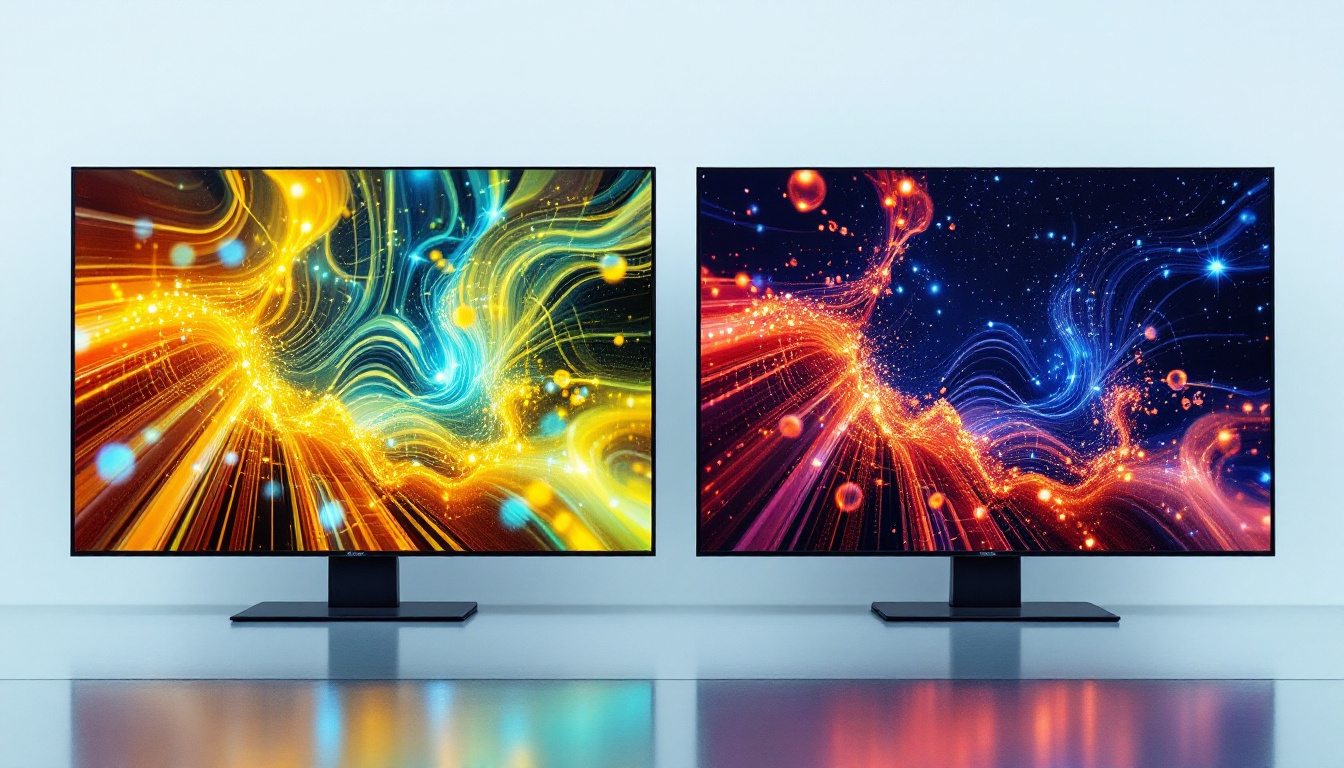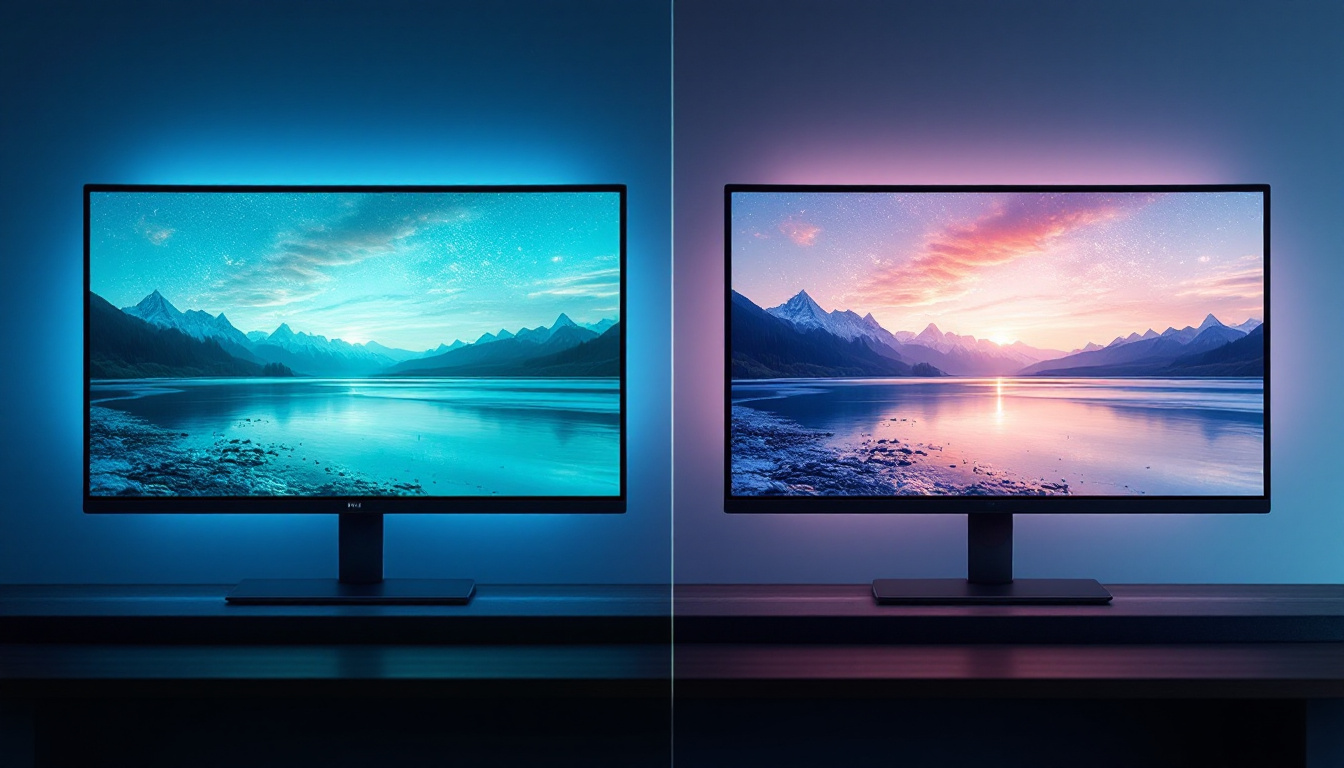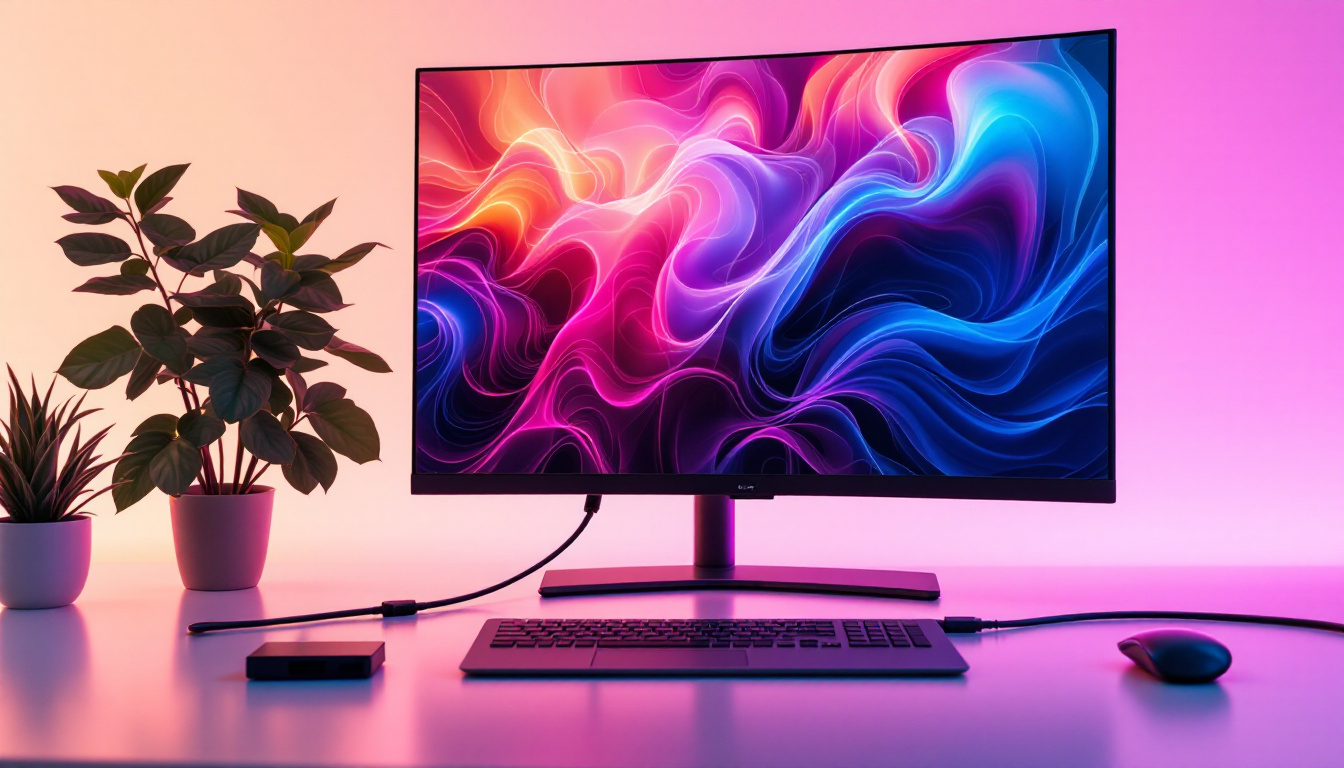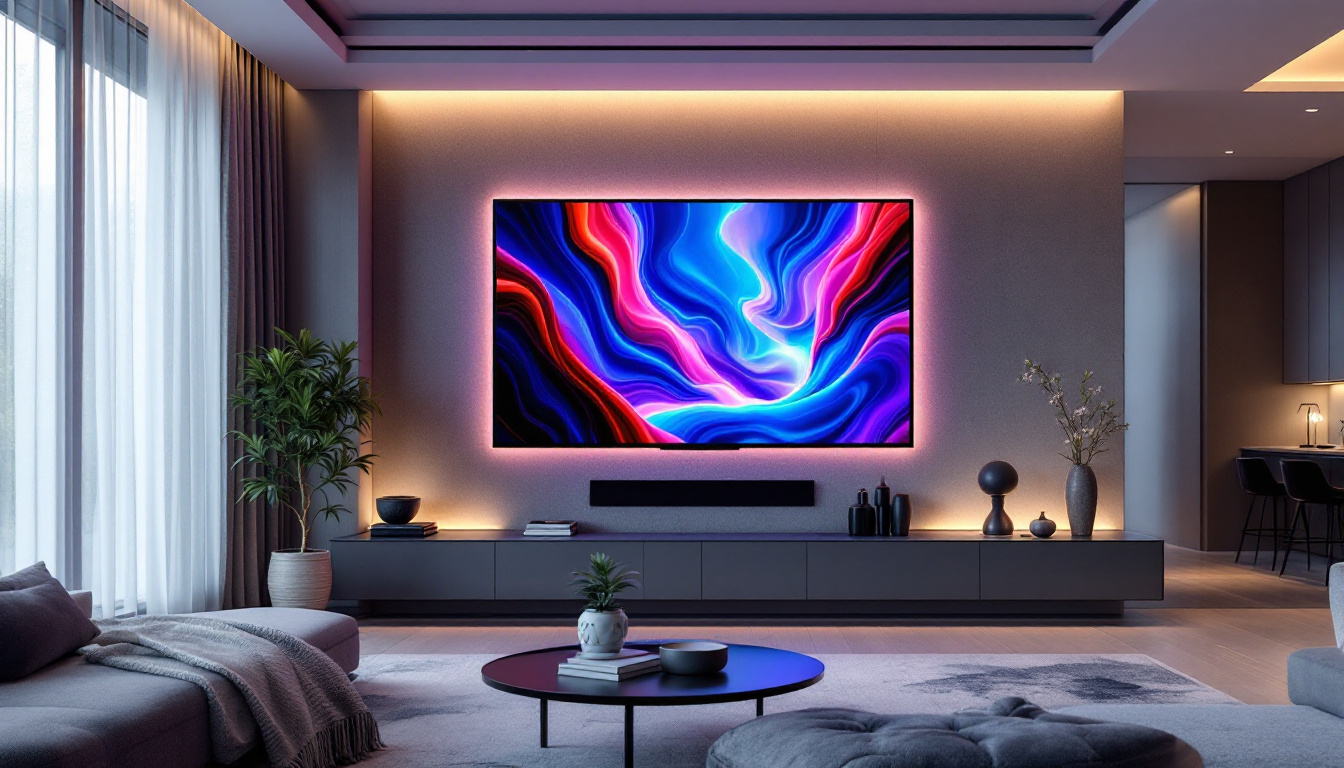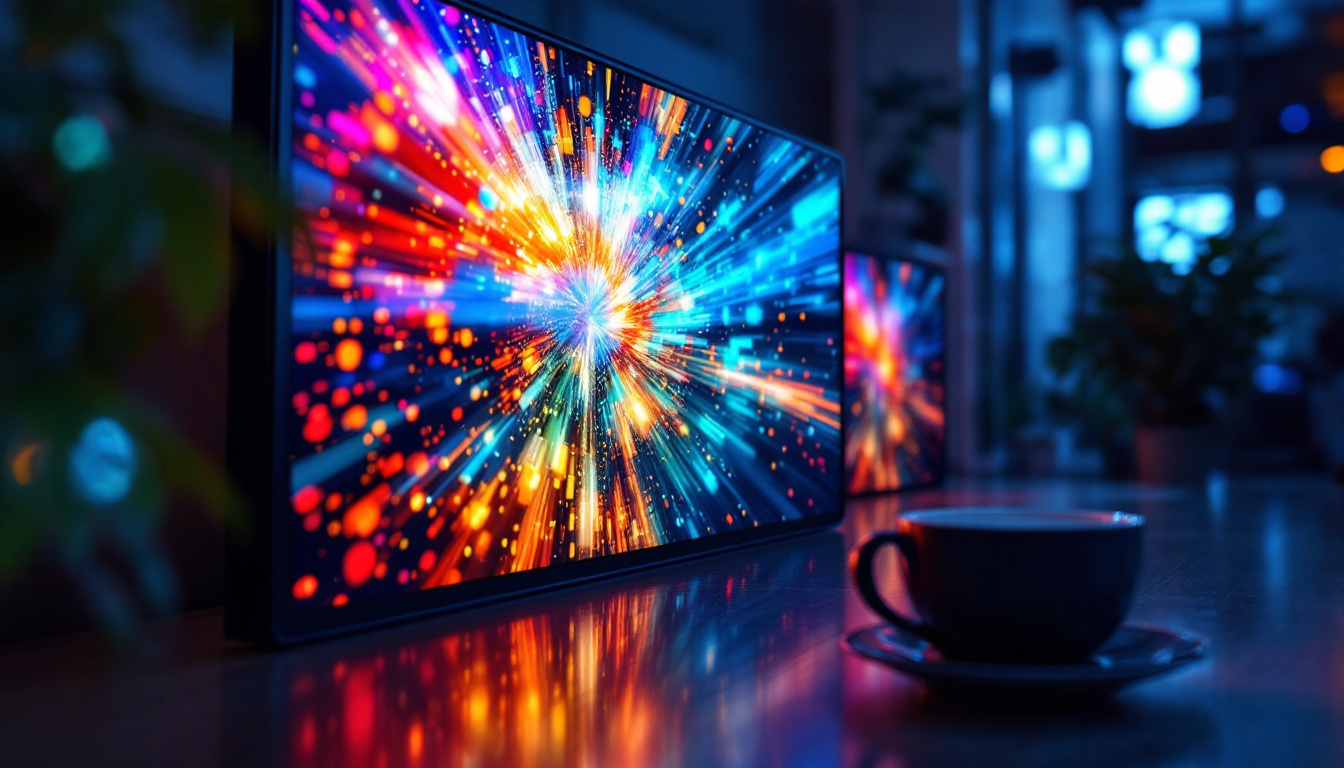The world of display technology has seen significant advancements in recent years, particularly with the emergence of MicroLED and MiniLED technologies. Both are innovative solutions that offer distinct advantages and applications, making them popular choices for consumers and businesses alike. This article aims to explore the differences between MicroLED and MiniLED, highlighting their unique features, benefits, and potential use cases.
Understanding LED Technology
Before diving into the specifics of MicroLED and MiniLED, it is essential to understand the fundamental technology behind LED displays. Light Emitting Diodes (LEDs) are semiconductor devices that emit light when an electric current passes through them. This technology has revolutionized the display industry, providing brighter, more energy-efficient, and longer-lasting screens compared to traditional LCDs. The ability of LEDs to produce vibrant colors and deep blacks has made them the go-to choice for everything from smartphones to large-scale outdoor billboards.
LED displays can be categorized into various types based on their structure and functionality. The two most notable advancements in recent years are MicroLED and MiniLED, both of which leverage the advantages of LED technology while addressing some of its limitations. MicroLED technology, for instance, utilizes tiny individual LEDs that can be controlled independently, allowing for superior contrast ratios and color accuracy. This capability leads to an immersive viewing experience, especially in high-definition content where every detail matters.
Moreover, the scalability of MicroLED technology opens up exciting possibilities for future display designs, including ultra-thin and flexible screens that can adapt to various environments. On the other hand, MiniLED technology enhances traditional LCDs by utilizing smaller LED backlights, which can be dimmed in zones to improve contrast and reduce blooming effects. This results in a more dynamic range of brightness and color, making it particularly appealing for HDR (High Dynamic Range) content. As these technologies continue to evolve, they promise to push the boundaries of visual experiences in both consumer electronics and professional applications.
What is MicroLED?
MicroLED is a cutting-edge display technology that utilizes microscopic LEDs to create individual pixels. Each pixel is made up of tiny LED chips, allowing for exceptional brightness, contrast, and color accuracy. This technology is particularly appealing for applications that require high resolution and vivid imagery.
Key Features of MicroLED
One of the standout features of MicroLED technology is its self-emissive nature. Unlike traditional LCDs that require a backlight, MicroLED displays produce their own light. This results in deeper blacks and a wider color gamut, enhancing the overall viewing experience.
Additionally, MicroLED displays can achieve higher brightness levels than their MiniLED counterparts, making them suitable for various environments, including well-lit rooms. The modular design of MicroLED panels also allows for flexible screen sizes and shapes, catering to diverse consumer preferences. This adaptability means that users can create unique configurations, such as curved displays or even large video walls, that perfectly fit their space and aesthetic needs.
Benefits of MicroLED
MicroLED technology offers several significant advantages. Firstly, it boasts an impressive lifespan, often exceeding 100,000 hours, which is considerably longer than traditional LED displays. This longevity translates to lower maintenance costs and reduced environmental impact.
Furthermore, MicroLED displays are energy-efficient, consuming less power than traditional LCDs and even some OLED displays. This efficiency not only contributes to lower energy bills but also makes MicroLED a more sustainable option for consumers concerned about their carbon footprint. The reduced energy consumption is particularly beneficial in commercial settings, where large displays can lead to significant savings over time, making MicroLED an attractive choice for businesses looking to enhance their visual impact while managing operational costs.
Potential Applications of MicroLED
The versatility of MicroLED technology opens up a range of potential applications. From high-end televisions to commercial displays, MicroLED can deliver stunning visuals in various settings. Its modular design also makes it ideal for large-scale installations, such as digital signage and immersive environments in theme parks or museums.
Moreover, the gaming industry is increasingly adopting MicroLED technology, as it provides gamers with the high refresh rates and low latency needed for an optimal gaming experience. As MicroLED continues to evolve, its applications are likely to expand even further. Beyond gaming, the technology is being explored for augmented and virtual reality applications, where the need for high-resolution, immersive displays is paramount. This could revolutionize how users interact with digital content, creating experiences that are not only visually stunning but also deeply engaging and interactive.
What is MiniLED?
MiniLED technology, on the other hand, represents a more incremental advancement in LED display technology. MiniLEDs are smaller than traditional LEDs but larger than MicroLEDs. They serve as a backlighting solution for LCD displays, enhancing their performance by improving contrast and color accuracy.
Key Features of MiniLED
One of the primary features of MiniLED technology is its ability to provide local dimming. This means that different areas of the screen can be dimmed or brightened independently, resulting in improved contrast ratios and deeper blacks. This feature is particularly beneficial for HDR (High Dynamic Range) content, where the difference between light and dark areas is crucial for an immersive viewing experience.
MiniLED displays also offer higher peak brightness levels compared to traditional LED-backlit LCDs, making them suitable for bright environments. The smaller size of MiniLEDs allows for more LEDs to be packed into a display, resulting in finer control over lighting and improved overall picture quality.
Benefits of MiniLED
One of the main advantages of MiniLED technology is its cost-effectiveness. While MicroLED displays can be expensive to manufacture, MiniLEDs provide a more affordable option for consumers seeking enhanced display performance without breaking the bank.
Additionally, MiniLED technology is compatible with existing LCD manufacturing processes, making it easier for manufacturers to integrate MiniLEDs into their product lines. This compatibility helps accelerate the adoption of MiniLED technology in the market.
Potential Applications of MiniLED
MiniLED technology is finding its place in various applications, particularly in high-end televisions and monitors. As consumers increasingly demand better picture quality for streaming services and gaming, MiniLED displays are becoming a popular choice for those looking to enhance their viewing experience.
Moreover, MiniLED technology is also making its way into laptops and portable devices, where improved battery life and display performance are essential. With the growing trend toward remote work and online entertainment, MiniLED displays are poised to become a staple in consumer electronics.
Comparing MicroLED and MiniLED
While both MicroLED and MiniLED technologies aim to improve display performance, they do so in different ways. Understanding their differences is crucial for consumers and businesses when making informed decisions about display technology.
Brightness and Color Accuracy
MicroLED displays excel in brightness and color accuracy due to their self-emissive nature. Each pixel emits its own light, resulting in vibrant colors and deep blacks. In contrast, MiniLED displays improve brightness and color accuracy through local dimming, but they still rely on a backlight, which can limit their performance in certain scenarios.
Cost and Manufacturing
When it comes to cost, MiniLED technology is generally more affordable than MicroLED. The manufacturing process for MicroLED displays is complex and requires advanced technology, leading to higher production costs. MiniLED, being an enhancement of existing LCD technology, can be produced more efficiently and at a lower price point.
Use Cases and Applications
MicroLED technology is ideal for high-end applications that demand the best picture quality, such as premium televisions, commercial displays, and immersive installations. MiniLED, on the other hand, is well-suited for consumer electronics, including televisions, laptops, and monitors, where enhanced performance is desired without the premium price tag.
Future of LED Display Technology
The future of LED display technology looks promising, with both MicroLED and MiniLED poised to play significant roles in the market. As manufacturers continue to innovate and refine these technologies, consumers can expect even better performance, affordability, and versatility in their display options.
Advancements in MicroLED
As MicroLED technology matures, advancements in manufacturing techniques are expected to reduce production costs and increase scalability. This could lead to wider adoption of MicroLED displays in consumer markets, making high-end display technology more accessible to a broader audience.
Furthermore, ongoing research into improving pixel density and color accuracy will continue to enhance the capabilities of MicroLED displays, making them an attractive option for various applications, from home entertainment to professional use.
Growth of MiniLED
MiniLED technology is likely to see significant growth in the coming years, particularly as manufacturers integrate it into a wider range of products. With the increasing demand for high-quality displays in televisions, laptops, and other devices, MiniLED is well-positioned to become a mainstream technology.
As consumers become more aware of the benefits of MiniLED, manufacturers will likely invest in further innovations to enhance its performance, making it a competitive choice against other display technologies.
Conclusion
In summary, both MicroLED and MiniLED represent significant advancements in LED display technology, each with its own set of features, benefits, and applications. MicroLED stands out for its self-emissive nature, exceptional brightness, and color accuracy, making it ideal for high-end applications. Conversely, MiniLED offers a more affordable solution that enhances existing LCD technology, providing improved performance for a variety of consumer electronics.
As the display technology landscape continues to evolve, both MicroLED and MiniLED are poised to play crucial roles in shaping the future of visual experiences. Understanding the differences between these technologies will empower consumers and businesses to make informed decisions that best meet their needs.
Discover the Future of LED Displays with LumenMatrix
Ready to experience the pinnacle of LED display technology? LumenMatrix is at the forefront of innovation, offering a wide array of advanced LED display solutions that cater to your unique needs. Whether you’re seeking to elevate your brand’s presence with an Indoor LED Wall Display, captivate passersby with an Outdoor LED Wall Display, or create a dynamic environment with our Custom LED Displays, LumenMatrix has you covered. Embrace the future of visual communication and check out LumenMatrix LED Display Solutions today to see how we can transform your space into a mesmerizing visual experience.

